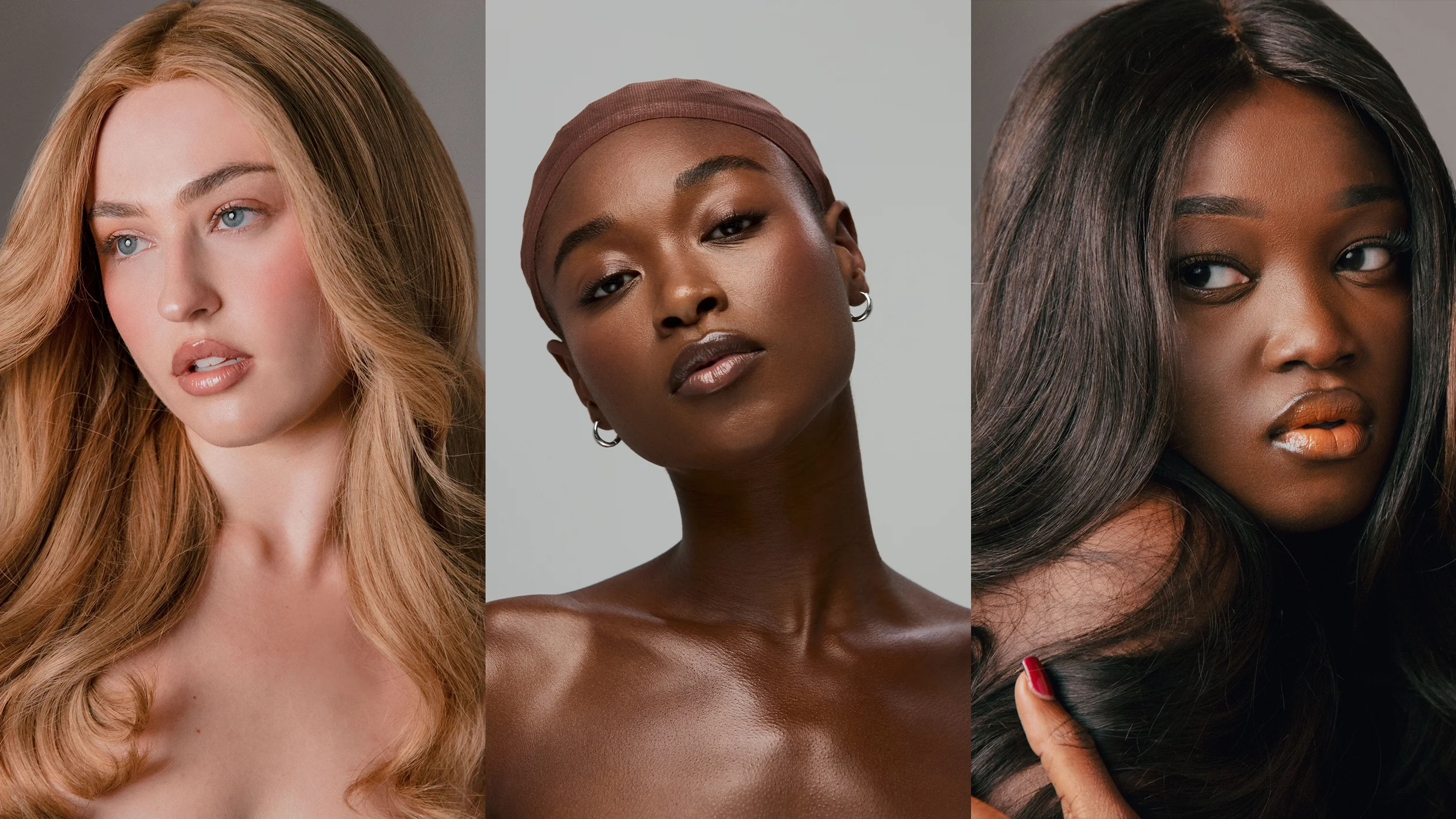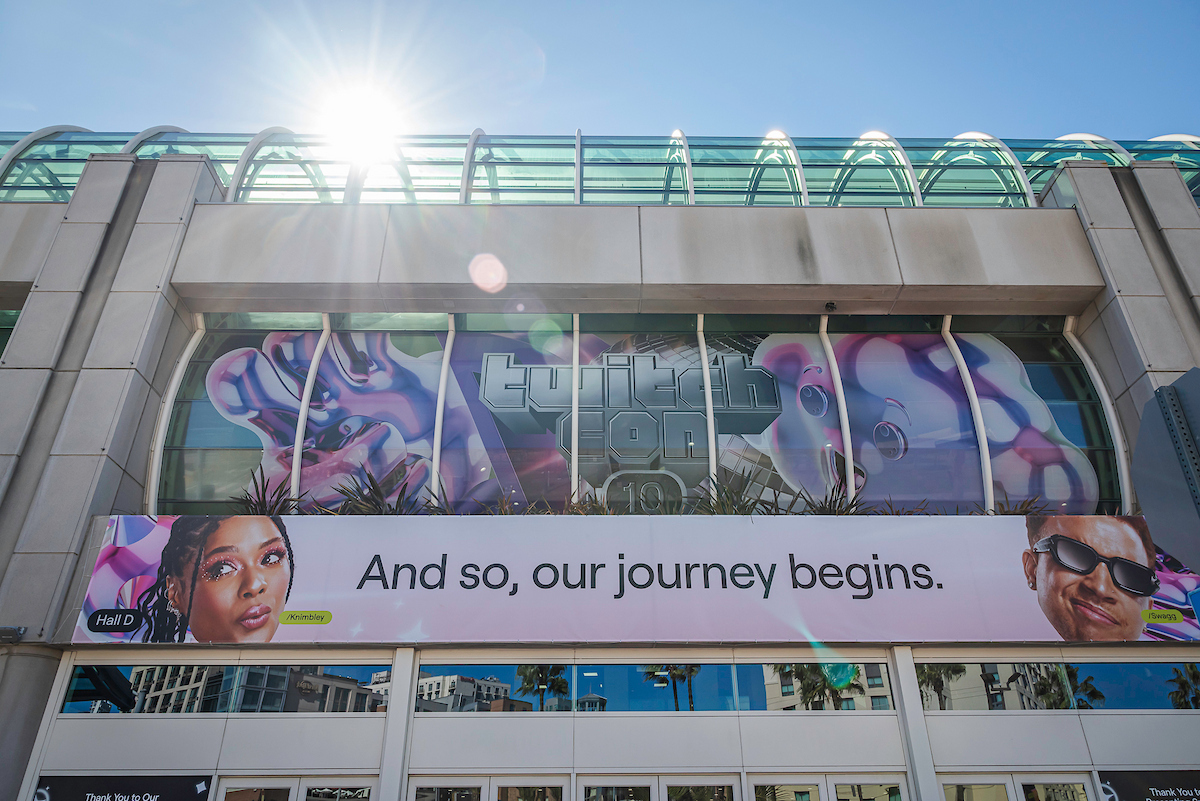Copyright Fast Company

“What?!” That single word is the most frequent reaction Aasiyah Abdulsalam gets when she tells people about her company, Renatural, which makes wigs with no lace. The surprise stems from the fact that most commercial wigs today are built with a lace base—a lightweight mesh cap that mimics the scalp but is really scratchy and only comes in a limited palette of colors. Instead of lace, Abdulsalam has designed a proprietary silicone band to anchor the wig without visible mesh. After launching the Wig Fix three years ago and selling 80,000 units in her first year, she decided to expand from simply supplying an accessory to reinventing the wig itself. Launching today, with a waitlist of 40,000 customers and counting, Renatural’s hyper-realistic wigs are made by a custom-built robot that can make 350 wigs a week. While some wigs can take 8-12 weeks to make, Renatural’s robot can sew a wig in 45 minutes. Subscribe to the Design newsletter.The latest innovations in design brought to you every weekday Privacy Policy | Fast Company Newsletters The brand’s most exciting feature will depend on who you ask. For investors—who have poured just over $6 million into the company—the robot signals scalability. For consumers, it’s the absence of lace. Either way, Renatural may well upend the wig industry. The wig culture boom Wigs have a long history that dates back to Ancient Egypt, where they symbolized status and rank (and helped prevent lice infestations). Later, they were embraced by royalty and aristocracy, and popularized by figures like Queen Elizabeth I and Kings and Louis XIV. Throughout the 20th century, wigs have been used as a medical accessory and a fashion statement, but for Abdulsalam, wigs are having a moment in the sun today thanks to celebrity culture and social media trends like WigTok. “It’s like the ultimate lazy girl hack,” she says. “You don’t have to do anything, and your hair looks good.” Renatural is far from the first company to have noticed the rise in popularity. By some recent estimates, the global hair wigs and extension market is worth just under $9 billion in 2025, and is projected to reach $20 billion by 2035. In the U.S., DTC brands like Parfait have started to leverage AI to make more personalized wigs. But the large majority of wigs are still made in one Chinese city called Xuchang, in Henan province. With more than 4,000 companies making 60% of the global supply of wigs, Xuchang remains the world’s wig capital. “It’s like an oligopoly,” says Abdulsalam. “These companies have hundreds of thousands of subsidiaries that supply the whole world with wigs.” Cutting through the noise Abdulsalam, a 30-year-old Black woman from the U.K. who now lives in New York City, began wearing wigs at age 16 to manage scalp psoriasis. She went on to study at the London School of Economics, where she wrote her undergraduate dissertation on wigs, and became “kind of obsessed.” advertisement At age 20, she moved to South Korea—then home to the world’s largest wig-manufacturing complex—and worked in a wig factory for six months. “I got to see why things are the way they are,” she says. “That gave me a good foundation on wig-making and all the techniques.” Most recently, she founded an early version of Renatural that focused on accessories like the iconic Wig Fix. She then sold that business in 2019, reinvested the proceeds into Renatural 2.0, and built an early prototype of the robotic system by jerry-rigging a 3D printer and an embroidery machine in her apartment—all without an engineering degree. “Funny story,” she says. “I watched 34 out of the 38 seasons of How It’s Made and I feel like that gives me a bootleg degree.” To leapfrog other competitors without relying on cheap labor abroad, Abdulsalam knew she had to build a vertically-integrated business that controls everything—from sourcing to manufacturing. At her HQ in Dumbo, Brooklyn, every step of wig-making unfolds on-site in a space the size of four parking garages. The star of that vertical structure is, of course, the robotic system. The robot sorts and aligns human hair by root and tip, then stitches each strand into a soft, scalp-like base, following digital maps that mimic how hair naturally grows. As it works, it adjusts the angle and tension of every strand to recreate natural details like partings and cowlicks. The result is a hyper-realistic wig that looks, moves, and shines like real hair. (Wigs come in three signature collections—all made with human hair—and an assortment of lengths. They cost anywhere between $950 and $1,950.) The robot will be key to the brand’s success, but Abdulsalam maintains that humans remain integral to the process. “There is deep craftsmanship involved to make the wig actually wearable,” she says. For her, Renatural is more than a wig business—it’s a beauty-brand that is built around wigs. Products arrive in shiny silver boxes reminiscent of luxury-beauty packaging. There are even cutesy merch items like hair cuffs and pocket mirrors with integrated combs. Other companies have developed their marketing strategies around specific demographics (Black women, people who wear wigs for religious beliefs, those who suffer from hair loss, fashion-first clients). But Renatural embraces all categories, and more. “We’re just Renatural,” says Abdulsalam, “for people who want to look and feel their best.”



